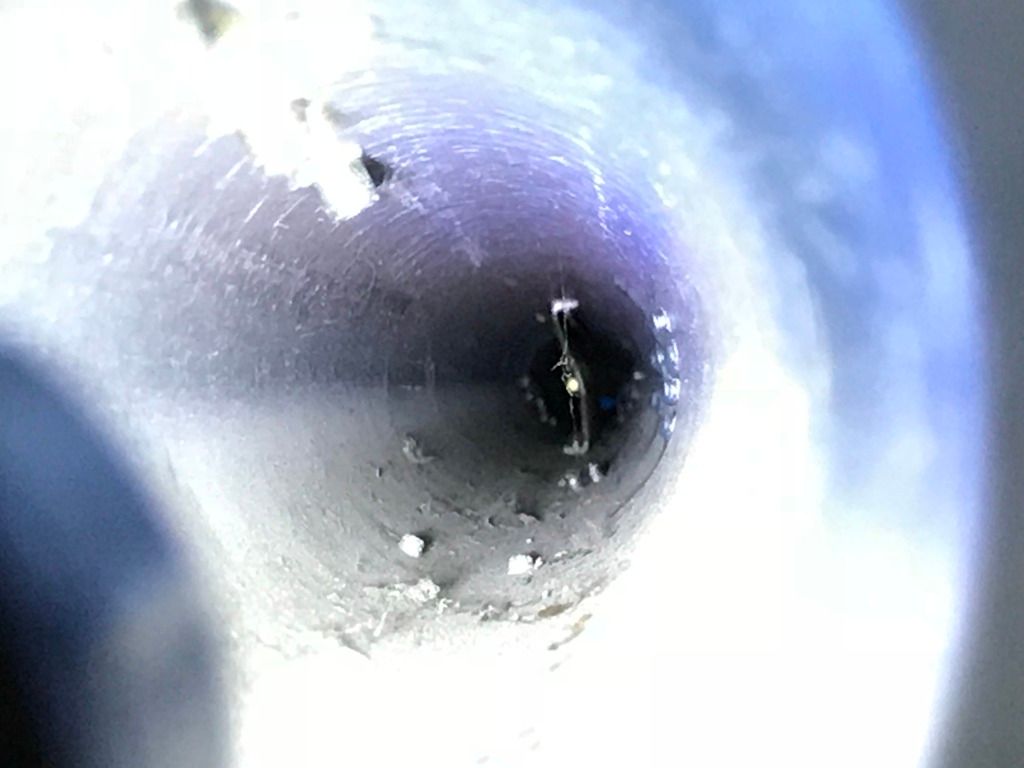Ouch. I'm not a metal specialist or anything, but corrosion on a spar seems pretty scary. Are your spars just round tubes, or do they have a verticle section going down the center? Here is a picture showing the type with the verticle stiffener. I would think these are stronger, and would maybe be less worried about them then the regular round tubes. JImChuk
PS. I guess I couldn't up load the picture















 Reply With Quote
Reply With Quote





